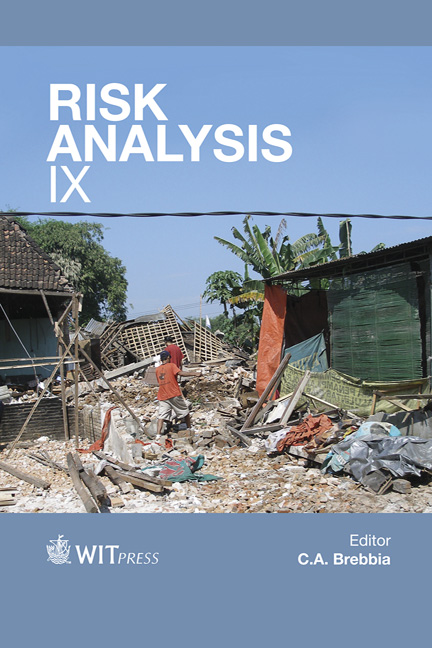A Preliminary Flood-risk Assessment Of Municipalities Located In Headwater Basins Of Slovakia Based On The Integrated Approach
Price
Free (open access)
Volume
47
Pages
12
Page Range
61 - 72
Published
2014
Size
847 kb
Paper DOI
10.2495/RISK140061
Copyright
WIT Press
Author(s)
Ľ. Solín, P. Skubinčan & M. Madajová
Abstract
The aim of preliminary flood-risk assessment, in general, is to identify the spatial variability of flood risk, which creates a rational basis for its detailed assessment and management. The traditional engineering approach to the evaluation of flood risk primarily aims to assess the ability of the river reaches to transport the discharge of the specified probability of non-exceedance. In this paper, the integrated approach addresses this scope. The flood-risk assessment of the municipalities situated in the headwater basins of Slovakia is based on a combination of flood hazard and expected negative consequences. The flood hazard in headwater basins is understood as a potential – that is, the disposition of the basin to suffer from flood – which is influenced, besides rainfall, by the attributes of the basin. The negative consequences are influenced by the vulnerability and resilience of the municipalities. Vulnerability is characterized by six proxy variables: the materials the houses are built from, the period in which they were built, the age structure of the population, ethnicity, completeness of the family and category of house. The ability of the municipalities to recover after a flood is expressed by the flood insurance rate. The municipalities are classified into five classes of flood risk based on the combination of variables reflecting the flood hazard, vulnerability and resilience. Keywords: integrated flood-risk management, flood risk, flood hazard, vulnerability, flood insurance, multi-criteria analysis.
Keywords
integrated flood-risk management, flood risk, flood hazard, vulnerability, flood insurance, multi-criteria analysis.





